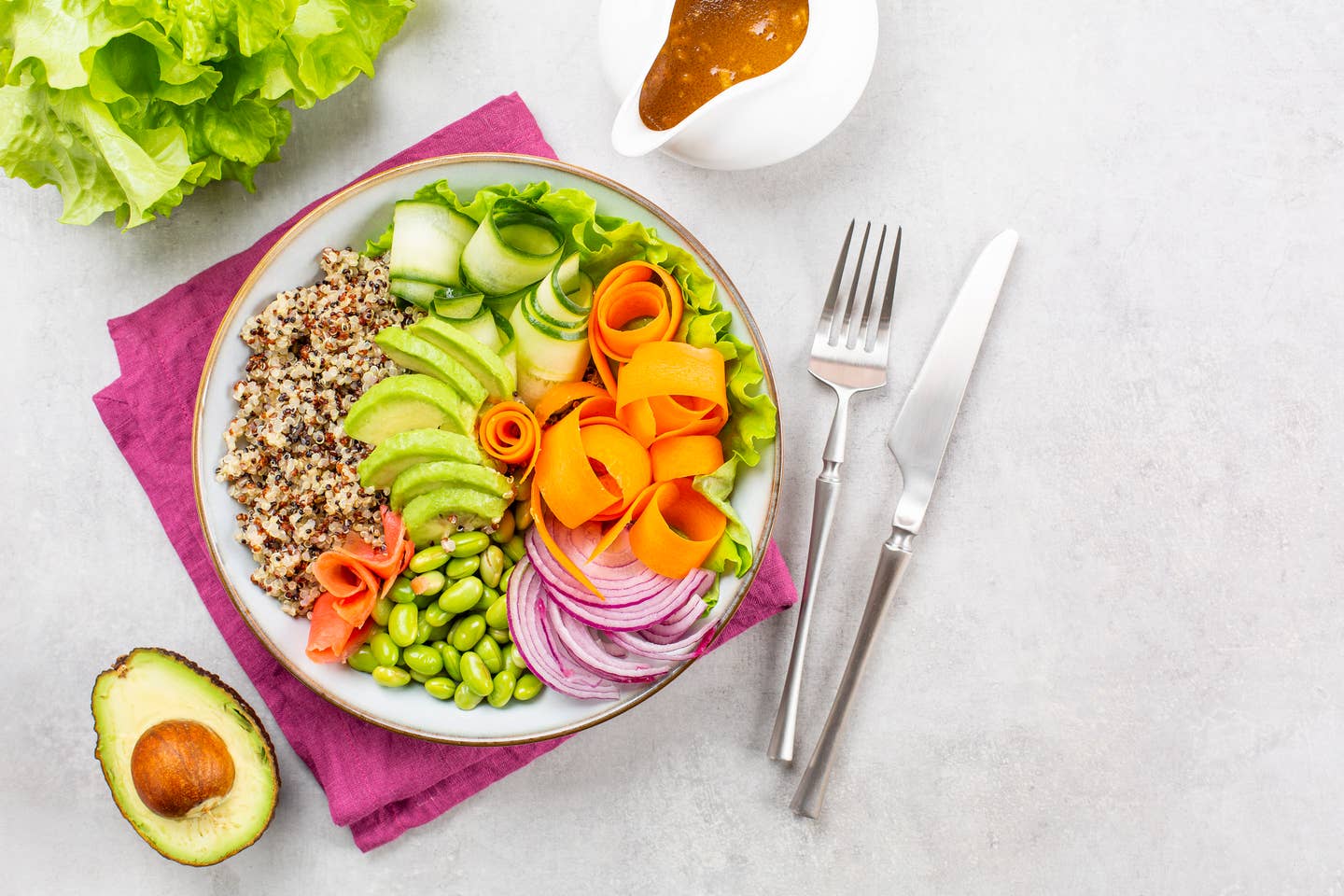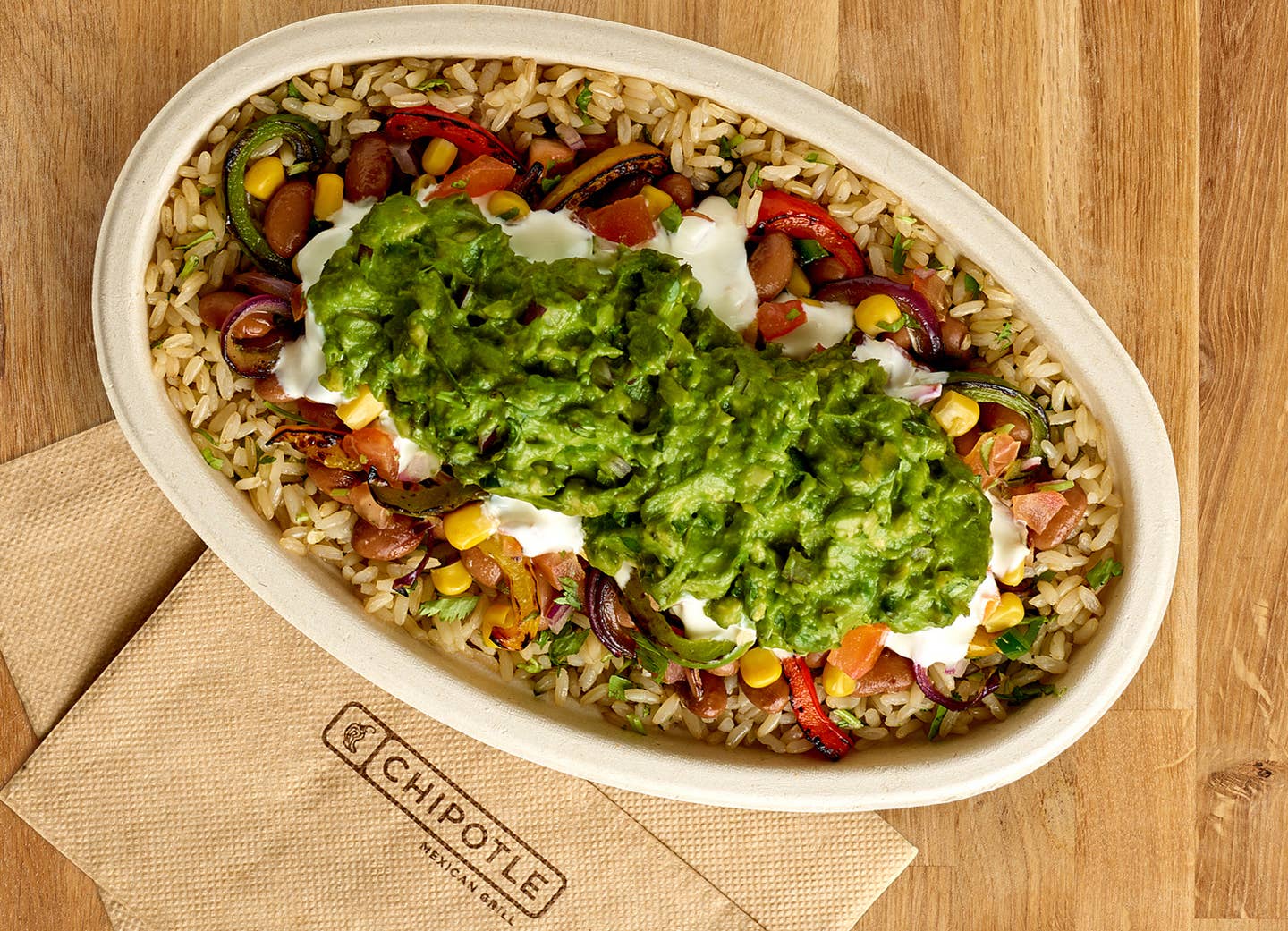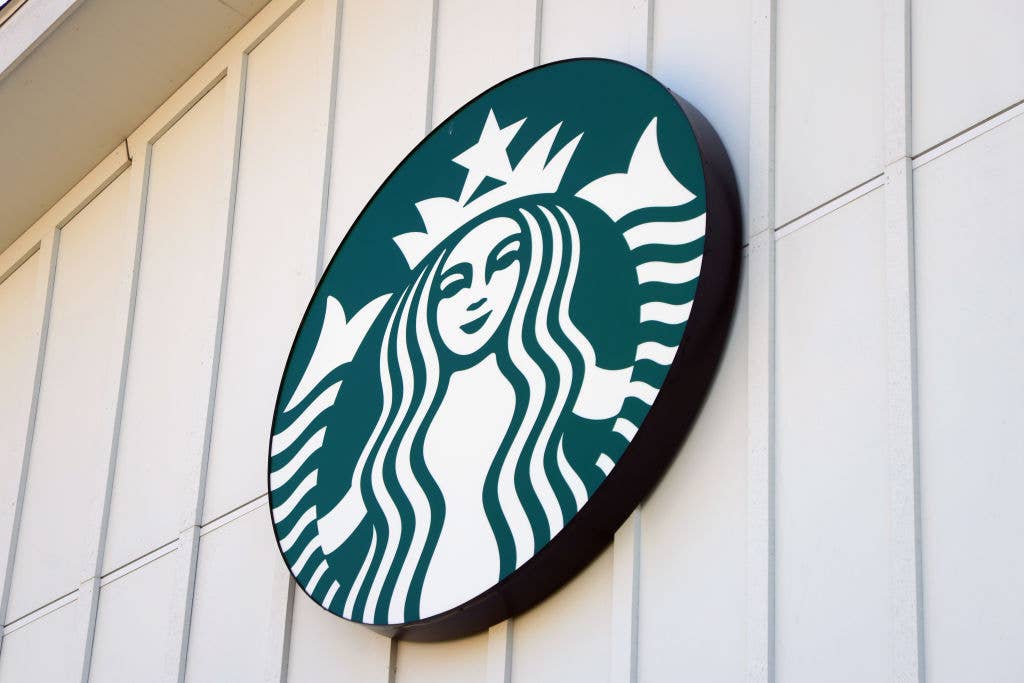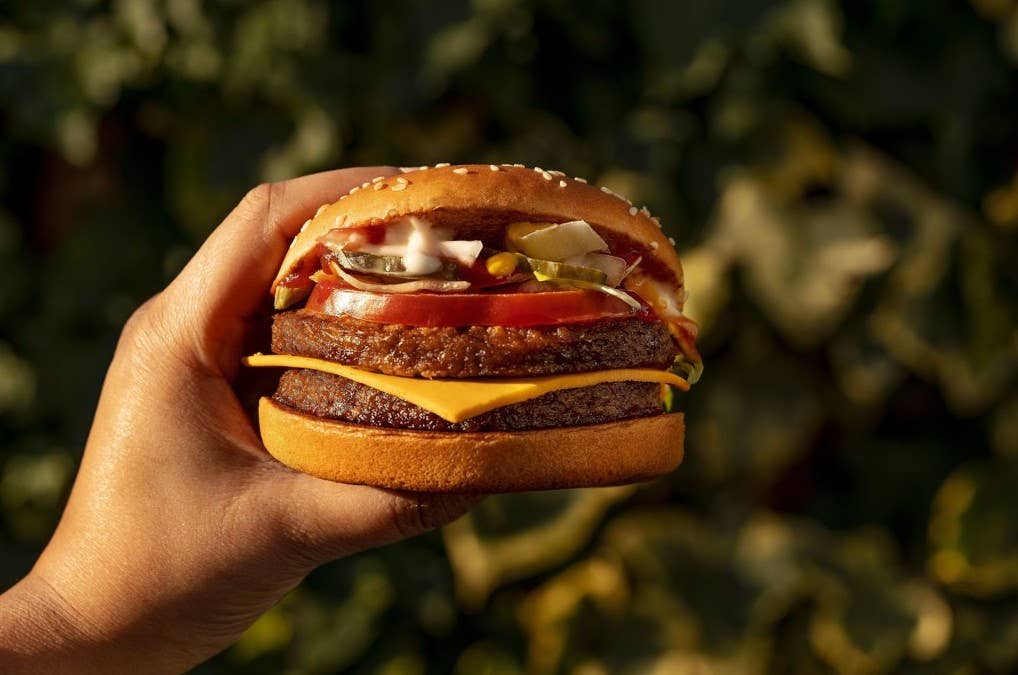
Why You Should Be Eating More Quinoa For Healthy Weight Loss
The more you learn about quinoa, the more you realize there's every good reason to add this whole grain to your diet. Not only is it a complete source of plant-based protein, but it can also help stabilize blood sugar, a key benefit when the goal is weight loss or maintaining a healthy weight.
What is quinoa?
Quinoa is a gluten-free grain that originated in South America, and while it’s technically an edible seed, it’s often referred to as a whole grain because its nutrient content is similar to that of other whole grains, says Jennifer Agha-Khan, M.S., R.D. with Culina Health in New York. Quinoa does have a nutritional advantage over other whole grains.
Quinoa has 8 grams of protein per cup, making it one of the best sources of plant-based iron. Plus, it’s one of the few plant foods that qualify as a complete protein, meaning that it contains all nine essential amino acids that your body needs. And that makes it unique in and of itself. “Few grains contain all nine essential amino acids, which your body can’t produce on its own and you have to get from food,” says Chelsey Amer, R.D.N., in New York and SideChef ambassador. If you’re plant-based or trying to be, you need to make sure you’re consuming a varied diet to get all of the amino acids, and quinoa is an easy way to achieve that.
Quinoa is a great source of fiber
Quinoa is an excellent source of fiber, something that 95 percent of Americans don’t eat enough of. Women need a minimum of 21 to 25 grams of fiber a day while men should aim for 30 to 38 grams of fiber a day, and more is better. You can only get fiber from plants, but not all fruits and vegetables contain as much as quinoa, which has over five grams of fiber per cup. “Fiber is essential in promoting good gut health, heart health, and bowel regularity, plus balancing your blood sugar levels,” Amer says. Adding fiber to your meals also helps your blood sugar remain steady.
Quinoa contains iron and vitamins
One cup of cooked quinoa provides about 16 percent of the daily recommended amount of iron you need, something many plant-based eaters don't get enough of since they avoid meat and eggs which are iron-rich foods. “Traditional plant-based diets may be low in iron if not carefully planned, so including foods that are potent sources of iron is important,” Amer says. To enhance the iron absorption in your body, pair quinoa with foods rich in vitamin C like bell peppers or strawberries.
Quinoa also delivers a healthy dose of vitamins and minerals such as: Manganese (58 percent of the daily recommended amount or RDA), magnesium (30 percent of your RDA), folate (19 percent of your RDA), zinc (13 percent of your RDA), and over 10 percent of the RDA for B1, B2, and B6.
So how does quinoa compare to a staple like brown rice? Give quinoa the nutritional edge, as it has more vitamins, minerals, fiber and in some varieties, protein, Amer says.
What are the health benefits of quinoa?
Quinoa is beneficial to anyone trying to lose weight or maintain a healthy weight. It's oversimplifying to assume that one food by itself could help you lose weight, but quinoa does help keep you full longer, since both protein and fiber help curb appetite.
So while no single food is a magic pill, Kahn says: “because quinoa contains a healthy dose of protein and fiber in just one serving, it can help keep you feel fuller longer, which is ideal for weight management."
The high fiber content of quinoa helps to regulate blood sugar, which is not only important for those with type 2 diabetes – but for everyone, keeping blood sugar stable helps prevent a spike in insulin and allows the body to burn energy rather than store it.
Quinoa’s also heart-healthy, namely because it contains about 9 percent of your daily potassium requirement. “That’s lower than a medium-sized banana or an average baked potato, but that potassium will help balance sodium in your body, helping control blood pressure,” Amer adds.
How to add quinoa to your diet
Quinoa comes in several different varieties, the main ones being white, red, black, and tricolor. Each type of quinoa has a slightly different nutritional profile, due to varying levels of antioxidants and polyphenols that give them their unique hue, which is why Amer suggests rotating the quinoa variety you eat.
One of the easiest ways to use quinoa is by adding it to salads or grain bowls. Top your greens or other seasonal vegetables with quinoa, add in more plant-based protein like beans, pumpkin seeds, and a light vinaigrette for a tasty and satisfying meal, Khan says. Add quinoa when making soups, stews, veggie burgers, meatballs, and even baked goods like cookies or muffins. Or add it to granola for a satisfying crunch, Amer says.
Which variety of quinoa is best
Khan recommends white quinoa in place of white rice or a fluffy dish like hot cereal while darker quinoa varieties, which have more texture and a heartier taste, are better suited for recipes that require hold, like meatballs. You can also add darker quinoa where you need more crunch like as a salad topping.
Bottom line: Add quinoa to your diet for protein, fiber, and healthy weight loss
Whether you're trying to eat healthy for long-term heart health or weight loss, quinoa adds all nine essential amino acids to your daily diet, which is important since your body needs these from food and can't make them on its own. The fiber in quinoa also keeps you feeling full longer and can keep blood sugar stable, which is important when the goal is to burn calories.
Top 15 Legumes For Protein
Here are the top 15 legumes and beans with the most protein.
1. Soy Beans
Soybeans are a legume but they are such a great source of protein that we had to lead the veggie list with it. There is more protein in just one ounce of soybeans than a cup of sliced avocado! 1 cup equals Protein - 28.6g Calories - 298 Carbs - 17.1g Fiber - 10.3g Calcium - 175mg
2. Lentils
Lentils are the only beans that don't have to be soaked before preparing. Lentils can be the star of any dish that needs heft, from soups to burgers. Next time it's Taco Tuesday, try out lentil tacos—they pack a protein punch. 1 cup equals Protein - 17.9 g Calories - 230 Carbs - 39.9 g Fiber - 15.6 g Calcium - 37.6 mg
3. White Beans
Dried white beans can be stored for up to three years in a dry, room-temperature location. Which means you can keep them around whenever you need a staple for soups or stews. 1 cup equals Protein - 17.4 g Calories - 249 Carbs - 44.9 g Fiber -11.3 g Calcium - 161 mg
4. Edamame
Edamame is a great snack to keep in your freezer. Microwave them and spice them up with a sprinkle of salt, chili powder and red pepper flakes. You'll be enjoying a protein-filled snack that is better than chips. 1 cup (cooked and shelled) equals Protein - 16.9 g Calories - 189 Carbs - 15.8g Fiber - 8.1g Calcium - 97.6mg
5. Cranberry Beans
As you cook cranberry beans, the unique specks of red that give these legumes their name vanish. Boil the cranberry beans, blend into a spread and use as a delicious dip with veggies for a great protein snack. 1 cup equals Protein - 16.5 g Calories - 241 Carbs - 43.3 g Fiber - 15.2 g Calcium - 88.5 mg
6. Split Peas
Don't confuse split peas with green peas. Split peas are dried and—surprise— split. Unlike their sweet cousins, these peas must be boiled for 45 minutes before they're ready to eat. Make Ina Garten's easy Parker's Split Pea Soup for a protein-packed lunch. 1 cup cooked Protein - 16.3 g Calories - 229 Carbs - 41.1 g Fiber - 16.3 g Calcium - 27.4 mg
7. Kidney Beans
Make sure to soak these beans overnight to get rid of the toxic proteins in the raw bean that is harmful to people and animals. then cook thoroughly before eating. Soaking and cooking the beans will get rid of the harmful proteins. Then, dig in! 1 cup equals Protein - 15.3 g Calories - 225 Carbs - 40.4 g Fiber - 13.1 g Calcium - 49.6 mg
8. Black Beans
Black "turtle" bean is the technical name for this crowd favorite. The "turtle" part comes from the physical appearance of the shiny exterior shell that protects the bean. 1 cup equals Protein - 15.2 g Calories - 227 Carbs - 40.8 g Fiber - 15 g Calcium - 46.4 mg
9. Navy Beans
As you can see, navy beans are clearly not navy. So where did the name come from? These beans were such an important part of the U.S. Navy diet in the beginning of the 20th century that the beans were named after them. Anchors aweigh! 1 cup equals Protein - 15 g Calories - 255 Carbs - 47.4 g Calcium - 126 mg
10. Pinto Beans
Canned pinto beans aren't just a source of protein, but also major fiber. Pinto beans are often used as refried beans because they fall apart when steamed. 1 cup equals Protein - 15.4g Calories - 245 Carbs - 44.8g Fiber - 15.4g Calcium - 78.6mg
11. Chickpeas
What's better than hummus for boosting protein? Not much. Just half a cup delivers 10 grams of protein, which is a good percentage of your daily needs: ranging from 45 to 65 grams, depending on weight, gender and activity level. 1 cup equals Protein - 14.5g Calories - 269 Carbs - 45g Fiber - 12.5 g Calcium - 80.4 mg
12. Lima Beans
Lima beans are often called "butter beans" because of their buttery taste. Famously used in succotash, lima beans can also be used boost the taste of a hearty vegetable soup, or roast them with sweet potatoes as a side dish. 1 cup equals Protein - 14.7 g Calories - 216 Carbs - 39.3g Fiber - 13.2g Calcium - 32mg
13. Mung Beans
Mung beans lack a lot of flavor but are great to add to any dish for crunch and protein. Trade your chickpea-based falafel for a mung bean option to switch things up. Fact: Just Eggs uses mung beans for protein! 1 cup equals Protein - 14.2 g Calories - 212 Carbs - 38.7 g Fiber - 15.4 g Calcium - 54.5 mg
14. Fava Beans
Take the fava beans out of the pod since experts don't recommend eating that part. For freshest taste, only separate the beans from the pods when you 're ready to eat them. 1 cup equals Protein - 12.9 g Calories - 185 Carbs - 33.2 g Fiber - 9.18 g Calcium - 61.2 mg
15. Peas
Who knew little old peas pack a major protein punch? One cup of peas has more protein than one average-sized egg. Yep, you can make a bet and win it. 1 cup equals Protein - 8.6g Calories - 134 Carbs - 25g Fiber - 8.8 g Calcium - 43.2 mg
More From The Beet






